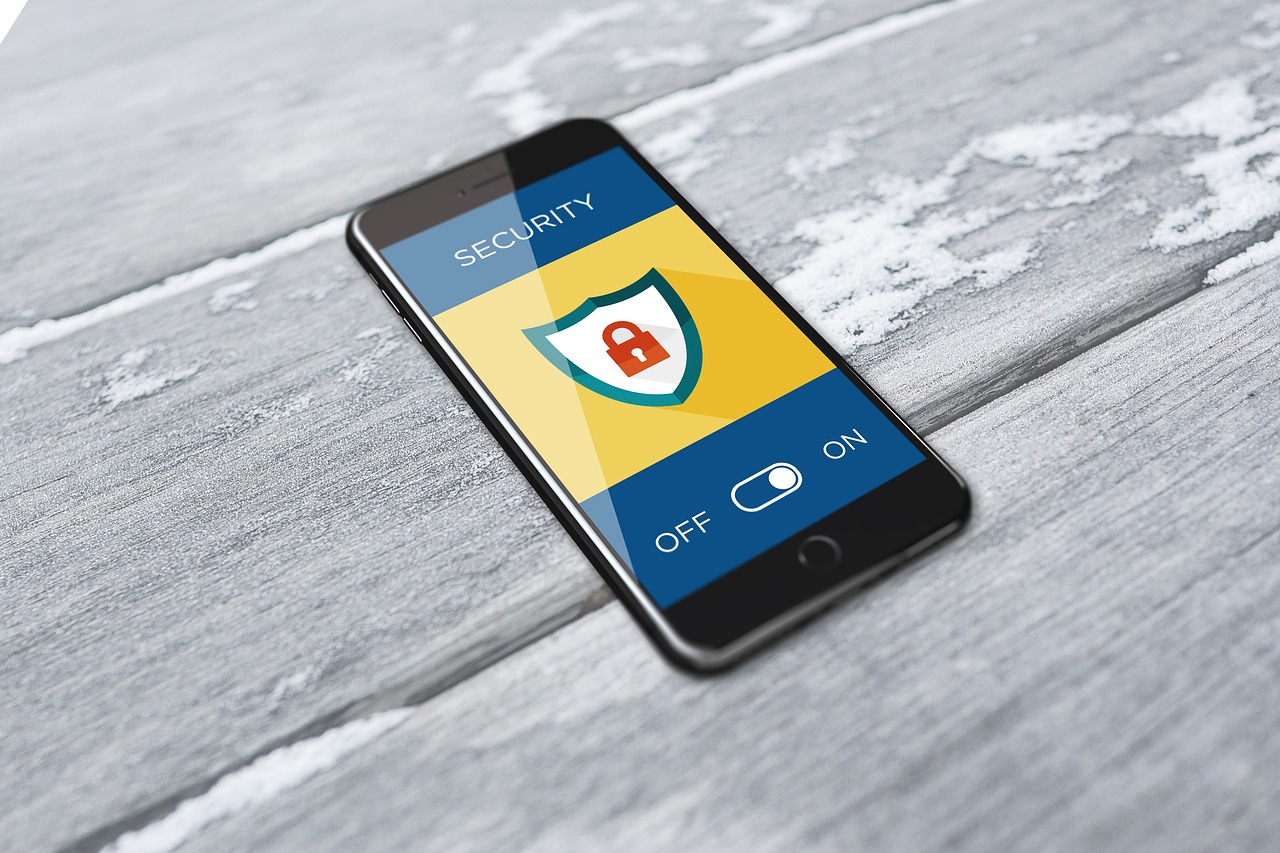
Browsing the internet can be a dangerous and tricky affair, but it doesn’t have to be. There are some simple best practices that you can follow to ensure your safety and privacy when browsing online. This article will briefly review four of these methods and offer a few more tips for staying safe on the web.
Most antivirus programs offer protection from malware and phishing attacks, but you can also protect yourself by keeping your software up to date. Microsoft does this automatically with Windows Updates, and Google does it with their regular security updates for Chrome. Still, you should regularly check your operating system and web browser to ensure you’re running the latest versions available.
When sending and receiving data over the internet, there’s always the potential for “man in the middle” attacks. It is where a hacker can intercept your data en route to its intended destination and make copies of it before it reaches its final recipient.
Using a VPN will provide an additional layer of security (added encryption) between you and any websites you’re browsing, so they can’t snoop on your data streams.
- Don’t enter sensitive information on unsecured websites.
The websites that you use every day are supposed to be secure because you’re using a secure HTTPS connection to access them. Still, there is no guarantee that any website is safe unless you specifically verify its security certificate.
- Don’t put your wallet and personal information online.
If you have a public email address, your Gmail account is probably already under attack from spammers, so don’t put any sensitive information into the account, including your credit cards, driver’s license, or passport.
Conclusion
While you can’t prevent all potential threats to your online safety and privacy, it is still possible to minimize the damage. These simple security tips will help protect you from most common internet threats, while a VPN provides an additional layer of protection. All computers connected to the internet transmit data in some form, so these methods apply to your computer.









